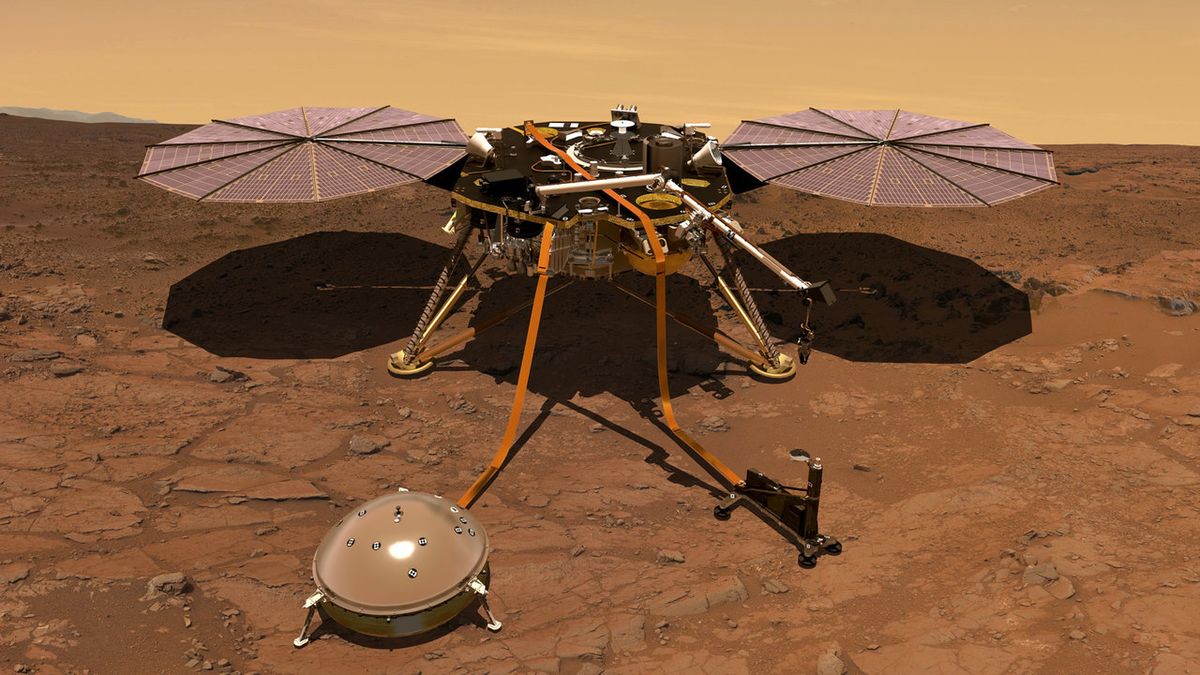
Marsquakes recorded by NASA's InSight mission offer the first direct evidence of key boundaries in the Martian interior, which could help planetary scientists understand how rocky planets are formed, a new study suggests.
InSight probes the Martian interior with its seismometer, which rests directly on the ground, overcoming a problem a similar instrument encountered on Viking 2 in the 1970s; that seismometer was high on the spacecraft and swayed in the wind.
Related: InSight Mars lander snaps dusty selfie on Red Planet (photo).
The InSight seismometer measures vibrations from seismic waves, which emanate from the source of disturbances such as marsquakes or meteor strikes.
There are some unique challenges, however, associated with having only the single seismometer active on Mars, compared to the networks of such instruments on Earth.
"Mars is much less tectonically active, which means it will have far fewer marsquake events compared with Earth," lead author Sizhuang Deng, a geophysics Ph.D.
The research team examined InSight's seismology data using a technique called ambient noise autocorrelation, which is meant to extract the reflections produced at the boundaries of Martian zones beneath the crust. !
The data indicated three main boundaries: between the Martian crust and mantle (at 22 miles or 35 kilometers under the lander), a transition zone between the minerals olivine and wadsleyite (at 690 to 727 miles or 1,110 to 1,170 km down), and the boundary between the mantle and the core (at 945 to 994 miles, or 1,520 km to 1,600 km down).